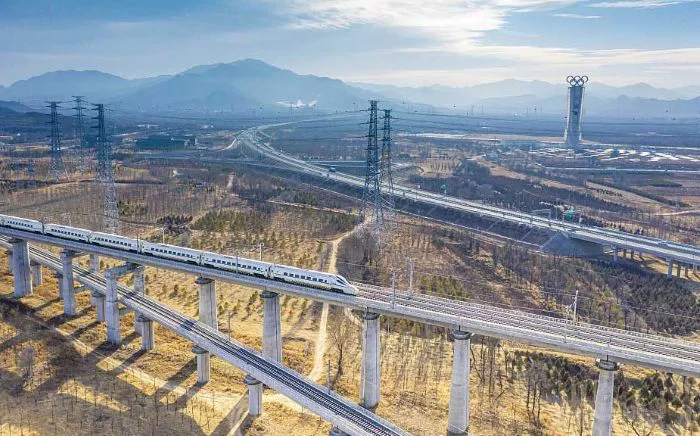The Beijing-Tianjin-Hebei region has transformed into China’s most integrated tourism circuit since becoming a national strategy in 2014. What began as simple “weekend escapes” has matured into a sophisticated network where 64% of travelers now consider the three municipalities as a single destination. This psychological shift reflects tangible infrastructure achievements – 11 new interprovincial highways including the Jing-Xiong Expressway have slashed travel times by 40% on average, while high-speed rail connections enable 30 million annual cross-border trips.
Automobile enthusiasts epitomize this new mobility. Beijing 969 Car Club founder Zou Zongbao leads weekly convoys along routes like the Jing-Wei Highway to Hebei’s ancient towns. “What required overnight stays now becomes day-trip territory,” he notes, describing how new roads like the Zhangjiakou-Chengde artery have unlocked previously inaccessible villages. The club’s membership has tripled since 2020, with electric vehicle owners comprising 35% of new recruits thanks to 2,800 cross-regional charging stations.
Family travelers showcase the region’s diversified appeal. Beijing mother Zhao Yin’s typical itinerary combines Tangshan’s culinary scene (3-hour drive) with Chengde’s imperial resorts (90-minute bullet train). Data reveals such multi-destination trips increased 217% post-pandemic, with 58% involving interprovincial transportation. Tianjin’s waterfront attractions and Hebei’s cultural parks now rival traditional hotspots – the “Only Red Dream” theater complex in Langfang draws 60% of visitors from Beijing alone.
International recognition is accelerating. Tianjin’s cruise terminal welcomed 45,000 foreign passengers in Q1 2024, a 380% year-on-year increase. The expanded 240-hour visa-free transit policy fuels this growth, with 82% of inbound tourists now combining Beijing’s landmarks with Tianjin’s colonial architecture and Hebei’s Great Wall segments. French tourist Jean Lefèvre’s customized nine-day itinerary typifies this trend, blending hutong calligraphy workshops with Chengde’s mountain temples.
Looking ahead, the region is capitalizing on its success. The newly launched “World Heritage Corridor” links 18 UNESCO sites across three jurisdictions, while winter sports infrastructure from the 2022 Olympics continues attracting premium tourists. As Beijing Tourism University professor Li Ming observes: “Jing-Jin-Ji isn’t just convenient – it’s redefining regional travel as a seamless cultural experience.” With cross-provincial tourism revenue projected to exceed ¥800 billion by 2025, this integrated model offers blueprints for other city clusters nationwide.
Related Topic:
- Morocco: A Tapestry of North African Wonders
- Australian Tourism Industry Rides China’s Visa-Free Wave
- 2025 Chinese Opera Festival Debuts in Vienna with Stunning Wu Opera Performance

